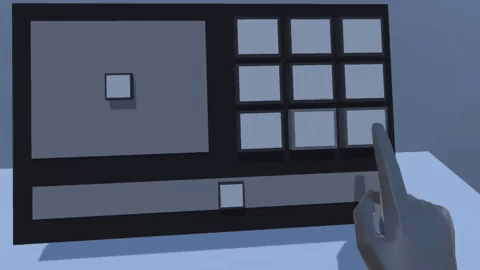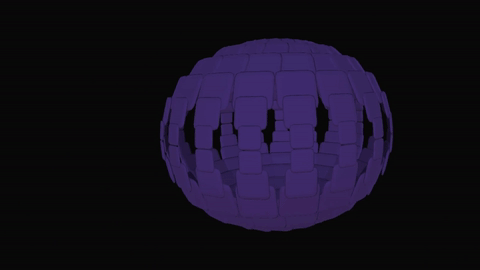Leap Motion Interaction Engine Gains Motion Controller Support As Beta Ends

Leap Motion retired the early access beta version of the Interaction Engine physics rules for Unity this week. After nearly a year of beta testing, Leap Motion introduced Interaction Engine 1.0, which offers support for more than just the Leap Motion controller.
Leap Motion’s Interaction Engine is a set a physics rules that rest between the real world and the Unity game engine. Unity handles physics calculations of its own, but Leap Motion’s Interaction Engine handles hand-based interactions with higher precision and realism. The Interaction Engine introduces new physics rules when hand tracking technology is in use.
Motion Controller Support
The beta version of the Interaction Engine worked with the Leap Motion controller and nothing else. Leap Motion said it heard from many developers that creating interactions for a wide range of control methods is difficult and cumbersome. Developers weren’t interested in using Leap Motion’s Interaction Engine if it meant extra work for the team.
Leap Motion took the feedback seriously and reworked the Interaction Engine platform to support more methods of input. Interaction Engine 1.0 now supports Oculus Touch and HTC Vive controllers, so developers don’t have to do the same work over and over for different platforms. If you build a VR interaction that uses hands, the Interaction Engine will enhance the experience.

The Interaction Engine allows you to manipulate digital objects with greater ease. Leap Motion’s set of physics rules prevents you from being able to reach through virtual objects as you try to grab onto them. The software anticipates your intent by understanding the typical human interaction. For example, if you reach out towards a cup on a desk with your hand open, it’s fair to assume that you're about to pick the cup up off the desk. The Interaction Engine’s ruleset would understand that you're about to grab the virtual cup and ensures that when you close your hand around the object, your digital hand latches onto the virtual cup.
The Interaction Engine alters the physics rules for small virtual objects the moment your fingers intersect with their surfaces. It then reduces the need for precision when interacting with things in the virtual world.

The Interaction Engine is also helpful for creating virtual user interfaces. Leap Motion’s software allows you to easily manipulate virtual buttons and sliders, which opens the doors for interactive physical interfaces in VR games and applications. Leap Motion also thought about potential new interaction methods. Wrist mounted virtual devices are an emerging trend in VR games and Leap Motion’s Interaction Engine could enhance the experience with the addition of wearable widgets support, which would allow you to use your arm as storage space for gadgets that you can pick up and interact with when needed.
Stay on the Cutting Edge
Join the experts who read Tom's Hardware for the inside track on enthusiast PC tech news — and have for over 25 years. We'll send breaking news and in-depth reviews of CPUs, GPUs, AI, maker hardware and more straight to your inbox.
Graphic Renderer Beta
Leap Motion also announced a new tool called the Graphic Renderer, which allows you to create curved user interfaces without causing a performance drop.
“We found it was important to render and interact with curved spaces for human-oriented user interfaces, and wanted to do it in a way that was performant even in very constrained environments,” Leap Motion wrote onits blog.
Leap Motion said the Graphic Renderer can curve a user interface and render it in a single draw call, which greatly reduces the performance hit that a curved space would normally incur on the render pipeline.

The free Leap Motion Interaction Engine 1.0 Unity module is available now on Unity’s website. The Graphics Renderer beta is also available from the same place.
Kevin Carbotte is a contributing writer for Tom's Hardware who primarily covers VR and AR hardware. He has been writing for us for more than four years.
Most Popular

